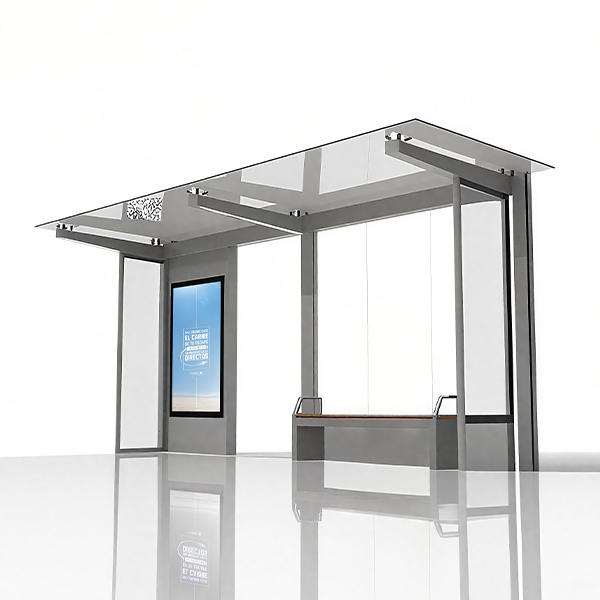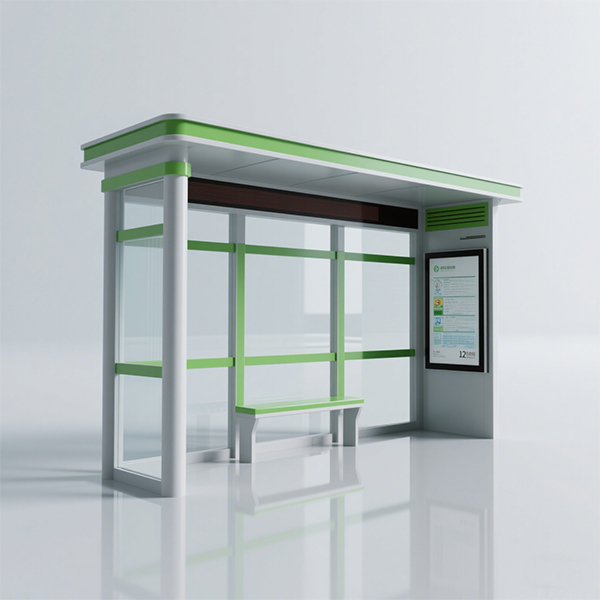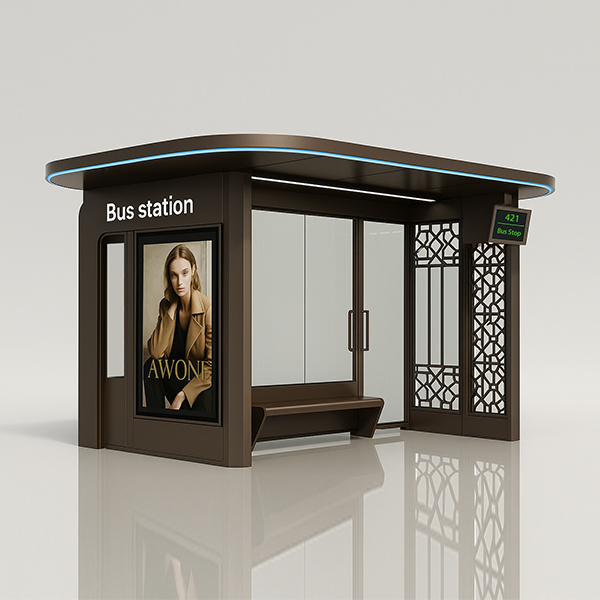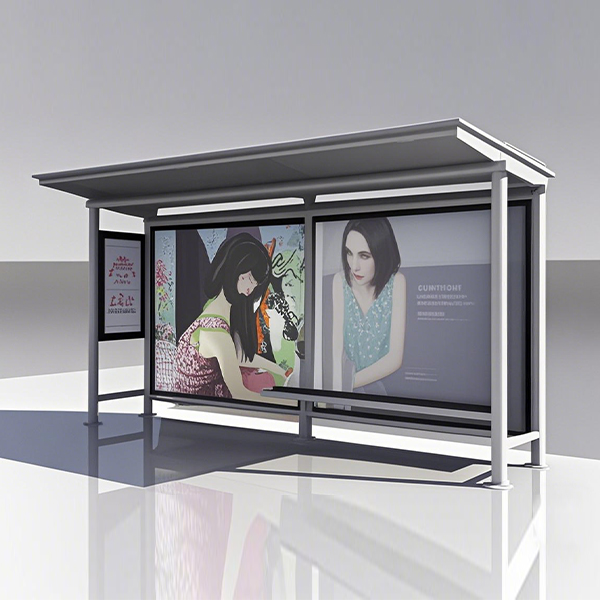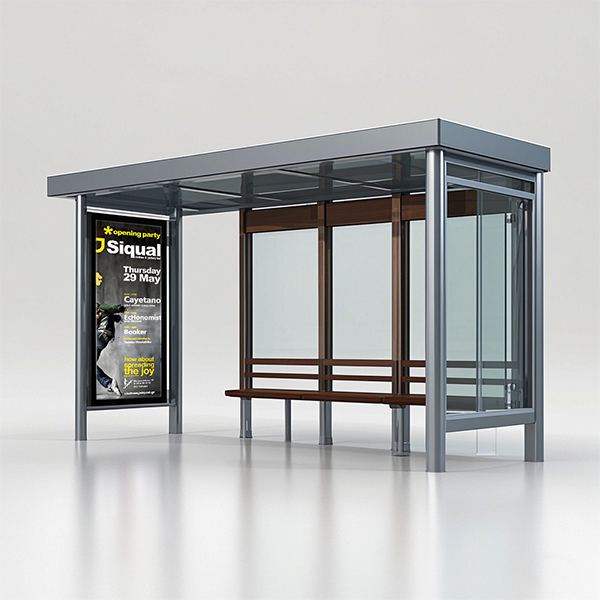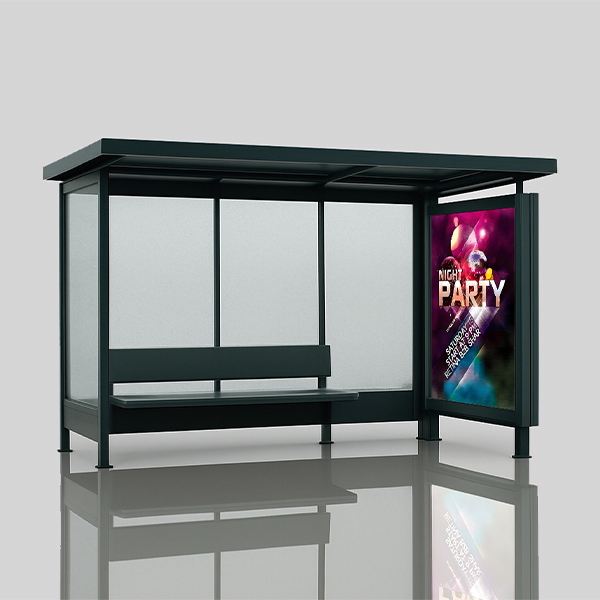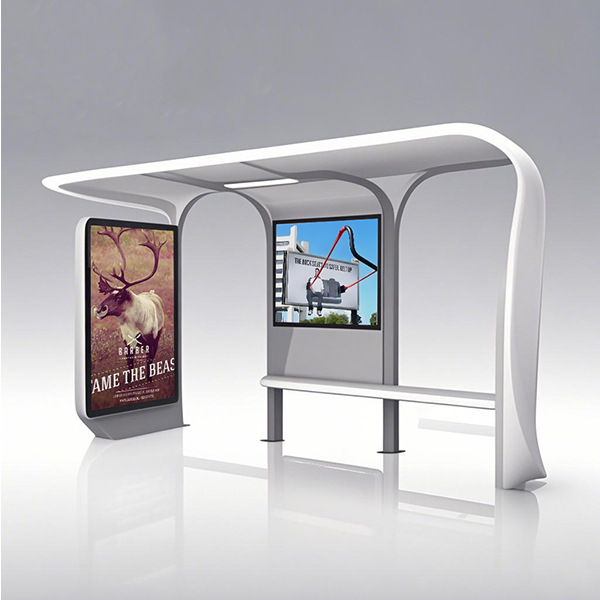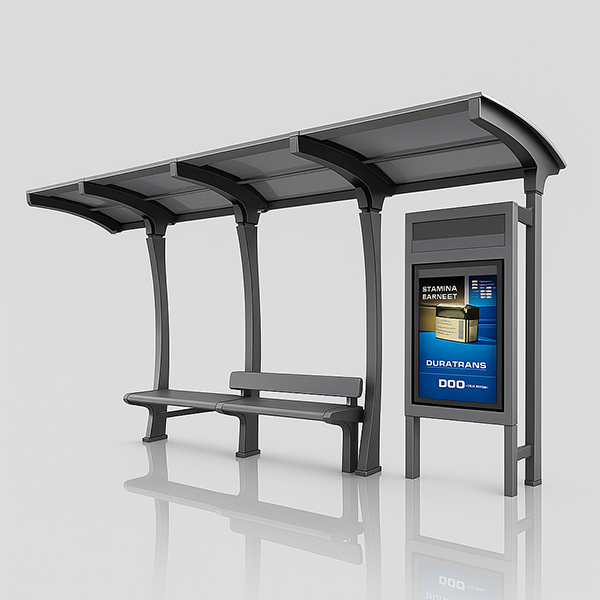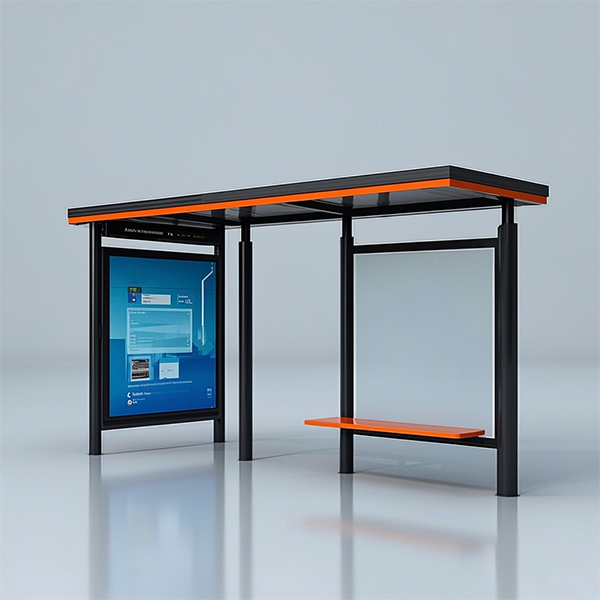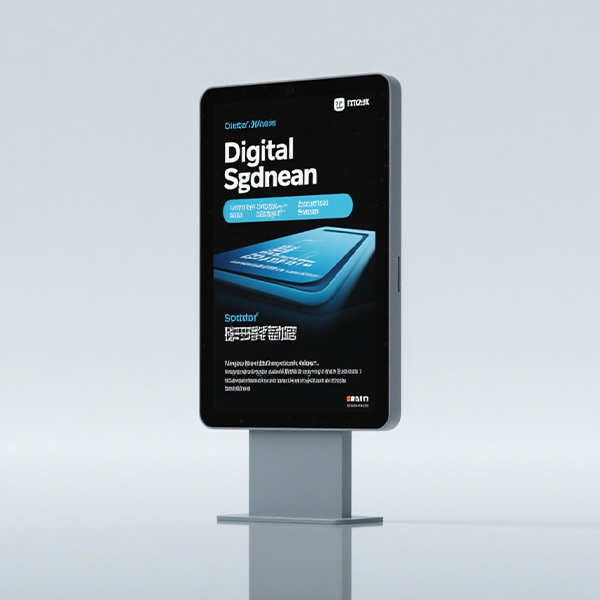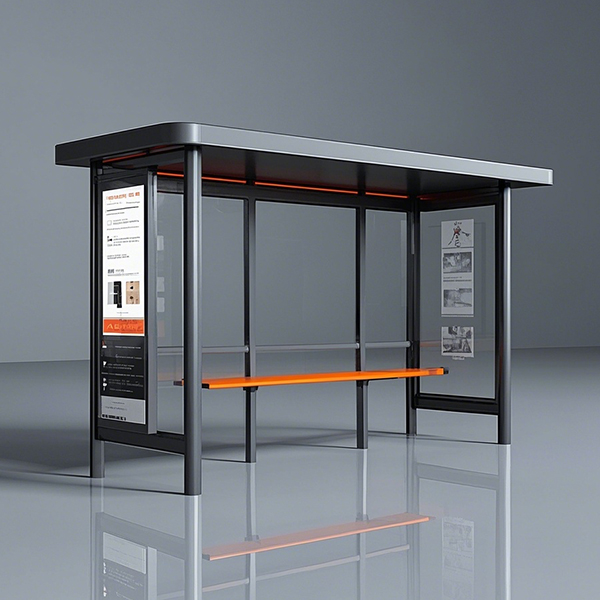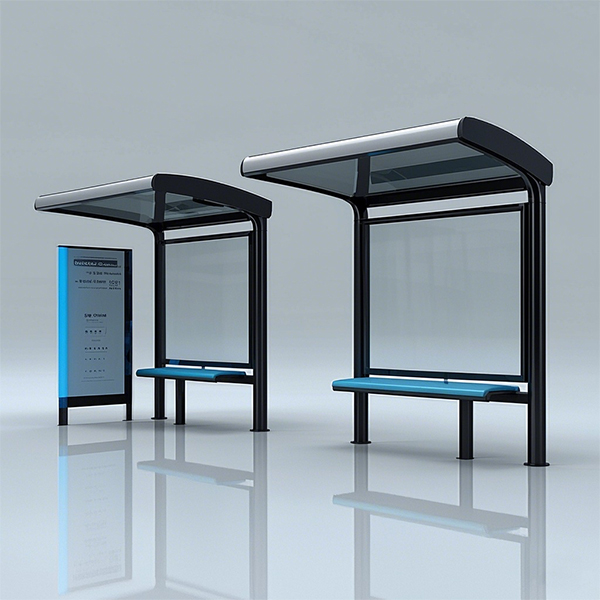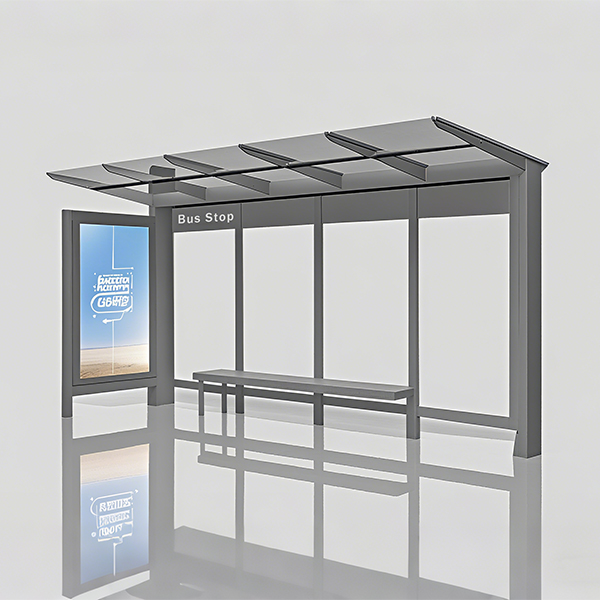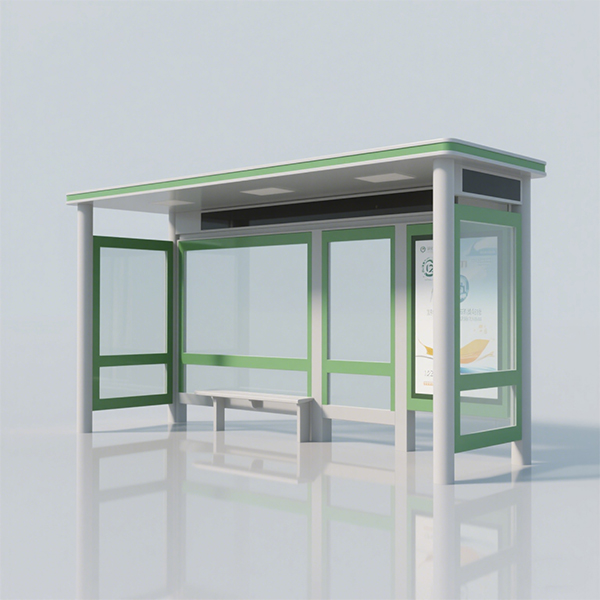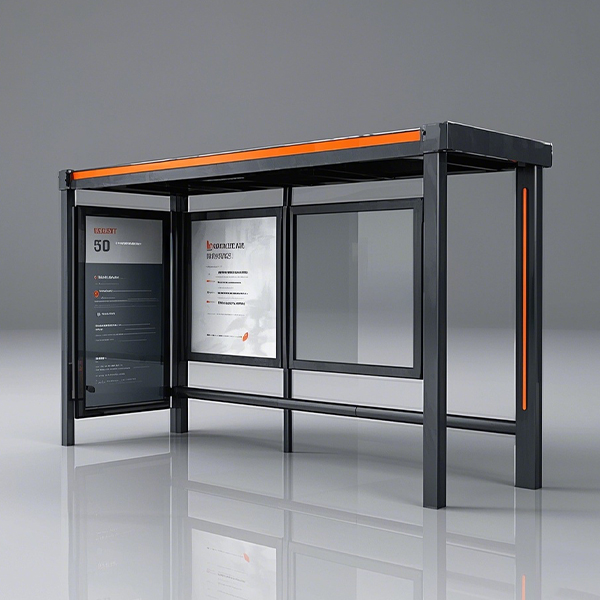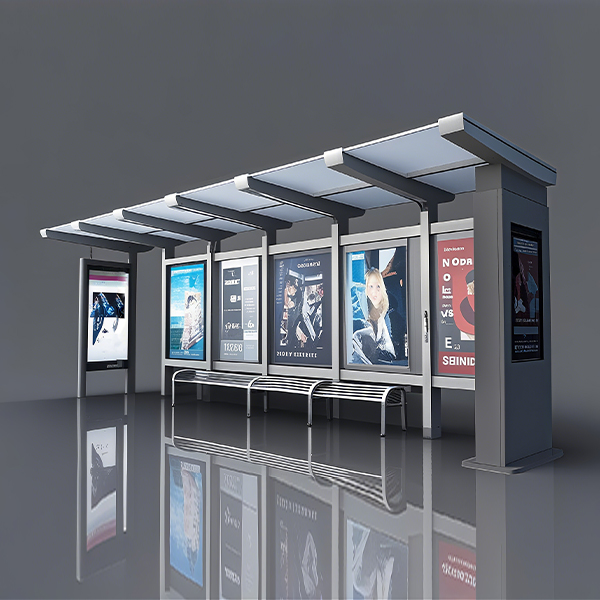
Solar-Powered Bus Shelter with LED
Discover the advantages of integrating sustainable energy solutions into public transit infrastructure. This comprehensive guide explores the design, functionality, and environmental impact of solar-powered bus shelters with LED lighting, highlighting their cost-effectiveness and societal benefits.
The Rise of Sustainable Public Transit Infrastructure
As cities worldwide strive for greener initiatives, the adoption of renewable energy sources in public spaces is gaining momentum. Solar-powered bus shelters with LED lighting represent a significant step towards sustainable urban development. These shelters offer a practical and efficient way to improve passenger comfort and reduce carbon emissions, aligning with global efforts to combat climate change. Shandong Luyi Public Facilities Co., Ltd. (https://www.luyismart.com/) is a leader in developing innovative and sustainable public infrastructure solutions, including advanced solar-powered bus shelter designs.
Key Features of a Solar-Powered Bus Shelter with LED
Energy Efficiency and Sustainability
The core benefit lies in the integration of solar panels to power the LED lighting within the shelter. This eliminates reliance on the traditional grid, drastically reducing energy consumption and associated costs. High-efficiency solar panels, coupled with energy-saving LED lights, ensure optimal performance even in low-light conditions. The system typically includes a battery bank for storing excess energy generated during the day, ensuring continuous illumination throughout the night.
Enhanced Passenger Experience
Solar-powered bus shelters with LED provide a safer and more comfortable waiting experience. Bright, energy-efficient LED lighting improves visibility, enhancing security, especially during nighttime hours. Furthermore, well-lit shelters contribute to a more welcoming and inviting public space. Many models also include additional features such as USB charging ports for mobile devices, further improving passenger comfort.
Reduced Operational Costs
Compared to traditional bus shelters that rely on grid electricity, solar-powered bus shelters with LED offer significant long-term cost savings. Eliminating electricity bills substantially reduces operational expenses for municipalities and transit authorities. The initial investment is recouped over time through reduced energy costs and minimal maintenance requirements. The robust design and durable materials employed in the construction of these shelters further minimize maintenance needs.
Environmental Impact
The environmental benefits are substantial. By harnessing solar energy, these shelters contribute to a reduction in greenhouse gas emissions, aligning with global sustainability goals. The use of LED lighting further minimizes the environmental footprint compared to traditional lighting technologies.
Choosing the Right Solar-Powered Bus Shelter
Several factors influence the selection of an appropriate solar-powered bus shelter with LED. These include shelter size, passenger capacity, local climate conditions, and available sunlight. Consulting with a reputable supplier, such as Shandong Luyi Public Facilities Co., Ltd., is crucial to determine the optimal system for specific needs. They can provide expert advice and customized solutions to match your project’s unique requirements.
Comparison of Different Solar-Powered Bus Shelter Models (Example Data - Consult Manufacturer Specifications)
| Model | Solar Panel Capacity (Watts) | Battery Capacity (Ah) | LED Lumens |
|---|---|---|---|
| Model A | 300W | 100Ah | 3000lm |
| Model B | 400W | 150Ah | 4500lm |
Note: Specifications are for illustrative purposes only. Actual values may vary depending on the manufacturer and model. Always refer to the manufacturer's datasheet for accurate information.
Conclusion
Solar-powered bus shelters with LED lighting represent a significant advancement in sustainable public transit infrastructure. By combining renewable energy with energy-efficient lighting, these shelters offer a cost-effective and environmentally friendly solution for improving passenger comfort and safety. Investing in such technology reflects a commitment to sustainable urban development and a greener future.
Соответствующая продукция
Соответствующая продукция







